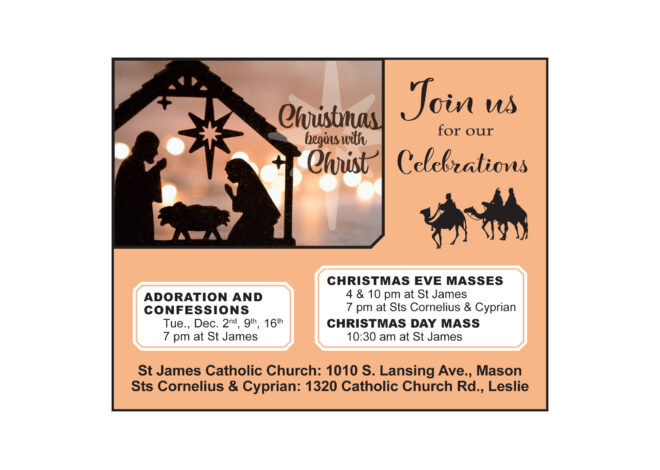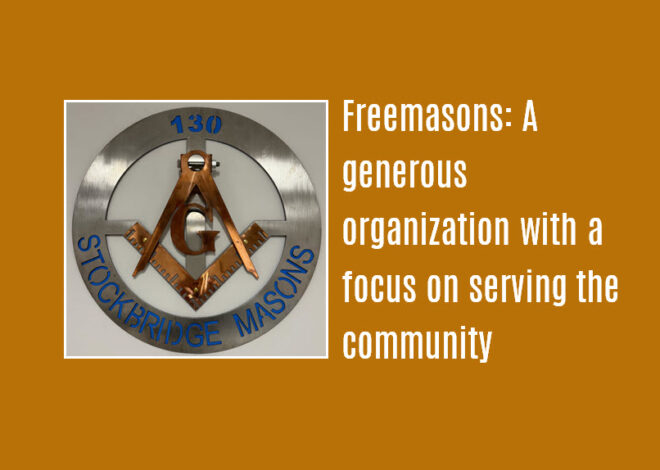ASK AN EXPERT
In this month’s edition of Ask An Expert, we want to talk about hail damage.
We recently sat down with Hannah from Lansing and fielded some questions she had about the complicated ins and outs regarding hail damage. So let’s dive right in and see if we can’t help answer some questions our readers might have!
Hannah : Hi John and Theresa! During last week’s hailstorm, I was lucky enough to have my vehicle in my garage. But a few of my neighbors didn’t have their vehicles sheltered and one had some pretty substantial damage to his car. This got me thinking about my current insurance policy and how hail damage is covered.
John and Theresa: When it comes to hail damage, you have to make sure you have comprehensive coverage. Comprehensive coverage is sometimes known as “other than collision,” or “act of God.” So something like hail or a tree falling on your car during a storm would be included in comprehensive coverage. But depending on the severity of the damage, the insured may choose to not file a claim since minor damage repair costs do not exceed the deductible.
Hannah: So if I can live with a few minor dings and don’t want to fix my car, would that be ok?
John & Theresa: If you own your car outright, the choice to repair the hail damage is yours. But if you have a loan on the car and the car is determined to be a total-loss, the lien holder would be paid first by the insurance company and you would receive the remainder of the settlement. Also, if your vehicle is a lease, and not a total-loss, it will need to be repaired prior to returning it at the end of your lease.
Hannah: So what are my options if my car is deemed a total loss?
John & Theresa: As the vehicle owner, you have the ultimate say in how you choose to repair the hail damage, not the insurance company. If your car is deemed a total loss you can request to buy the car from your insurance company for its salvage value. So let’s say before the hail damage your car was valued at $12,000, and the insurance company places the salvage value at $7,000, they would send you a check for the $5,000.00 difference, minus your deductible of course. You should be aware that the “totaled” vehicle will be “branded” and the resale value possibly affected.
Hannah: Now what happens when my vehicle isn’t totaled from hail damage and I want to proceed with repairs?
John & Theresa: One option is a procedure called PDR (Paintless Dent Repair). This can be done when the hail damage is very small and minor. The process uses specialized tools that apply pressure to the backside of the damaged panel to physically finesse the visible dings and dents outward. Sometimes, bonding a temporary “pull-tab” or other device to the exterior of the panel can be done to pull the dent from the outside. The benefit of using PDR is that body fillers and refinishing aren’t needed and it is less invasive. The downside of PDR is that it requires you to access the backside of panels and sometimes the PDR technician isn’t able to do that without drilling access holes. Another problem is that minute cracks in the paint finish may form and cause rust over time and void factory finish warrantees. Another potential problem may be having to recalibrate on-board safety systems. This can be tedious, full of potential liabilities, and more work and risk than many PDR companies would be willing to accept.
Hannah: Can a claim due to hail damage cause my premiums to increase?
John & Theresa : Generally speaking, hail damage is considered an act of nature and hail claims should not affect your premium. Filing any claim may have potential ramifications and you would be best served by asking your agent or insurance company.
Hannah: Wow! I’ve learned a lot in a short time. I really want to thank you two for taking your time to educate me about what one should know when facing a claim for hail damage.
John & Theresa: As always, it’s a privilege to inform the public about the world of auto collision/cosmetic repair and auto insurance.

One thought on “ASK AN EXPERT”
Comments are closed.




👊😄